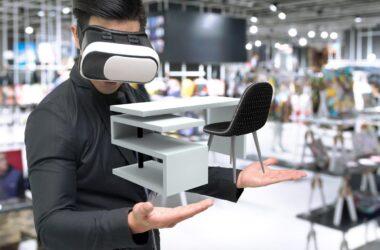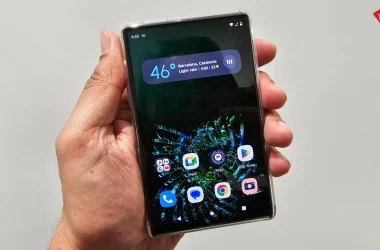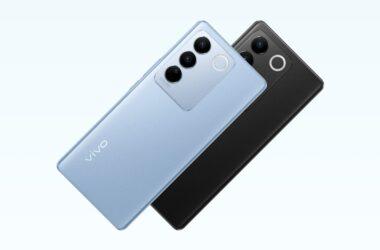Samsung has announced that it will be releasing a new version of its popular Galaxy Watch with a microLED display. The new display technology is expected to offer a number of benefits over traditional LCD and OLED displays, including improved brightness, color accuracy, and power efficiency.
One of the main advantages of microLED technology is its high brightness. Because each pixel in a microLED display is made up of its own light-emitting diode, the display can produce more light per pixel than an LCD or OLED display. This allows for a brighter and more vibrant image, even in direct sunlight. Check out Samsung S23
In addition to their high brightness, microLED displays also offer improved color accuracy. Because each pixel in a microLED display is self-emissive, the display can produce a wider range of colors than an LCD or OLED display. This allows for more accurate and lifelike images and videos, making it ideal for use in a smartwatch like the Samsung Galaxy Watch.
Another benefit of microLED technology is its power efficiency. Because each pixel in a microLED display is self-emissive, the display does not require a backlight. This means that the display can produce an image using less power than an LCD or OLED display. This is especially important for a device like a smartwatch, which needs to be able to run for an extended period of time on a single charge.

The Samsung Galaxy Watch with microLED display is expected to be available for purchase later this year. The company has not yet announced the specific release date or pricing for the device. However, it is expected to be priced similarly to the current Galaxy Watch models, which range in price from $199 to $399.
While the new display technology is set to be a game changer for smartwatch market, it also comes with some challenges. MicroLED displays are notoriously difficult to manufacture, and it’s still a relatively new technology that is not yet widely available. This means that it will be more expensive to produce, and it’s likely that the Galaxy Watch with microLED display will be more expensive than current models.
Another challenge is that microLED displays are not flexible like OLED displays. This means that they cannot be bent or folded, which could be a problem for a device like a smartwatch that needs to be worn on the wrist. Samsung may have to come up with new designs and form factors to make the microLED display work for the smartwatch.
In conclusion, the new Samsung Galaxy Watch with microLED display is set to be a game-changer in the smartwatch market. The microLED technology offers improved brightness, color accuracy, and power efficiency over traditional LCD and OLED displays. However, it also comes with some challenges, including high production costs and inflexibility. Despite these challenges, the new Samsung Galaxy Watch with microLED display is expected to be a popular choice among consumers when it becomes available later this year.






